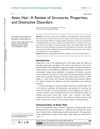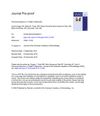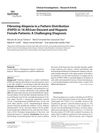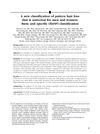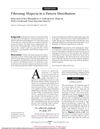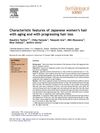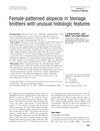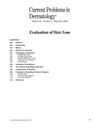Clinicopathological Characteristics of Fibrosing Alopecia in a Pattern Distribution: A Single-Center, Retrospective Study
September 2023
in “
International Journal of Dermatology
”
fibrosing alopecia in a pattern distribution primary lymphocytic cicatricial alopecia trichoscopic findings hair diameter variability perifollicular erythema loss of follicular ostia peripilar casts histopathological findings vellus-like hair lichen planopilaris androgenetic alopecia mast cells FAPD LPP AGA
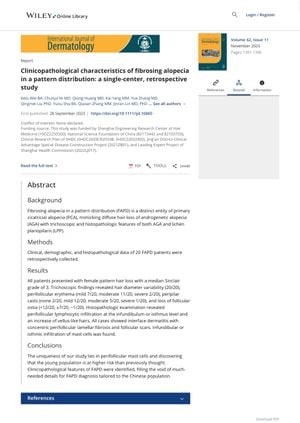
TLDR Younger people are at a higher risk for Fibrosing Alopecia in a Pattern Distribution than previously thought, with common symptoms and possible involvement of mast cells in its development.
This retrospective study analyzed 20 Chinese patients with Fibrosing Alopecia in a Pattern Distribution (FAPD), a subtype of primary lymphocytic cicatricial alopecia. The mean age at diagnosis was 33.45 years, and the disease duration was 7.43 years on average. 65% of the patients had a family history of hair loss. The study found that the younger population is at a higher risk than previously thought. Trichoscopic findings showed hair diameter variability, perifollicular erythema, loss of follicular ostia, and peripilar casts in all patients. Histopathological findings revealed a decrease in total hair and terminal hair, with an increase in vellus-like hair. The histopathology of FAPD typically shows features of both lichen planopilaris (LPP) and androgenetic alopecia (AGA). The study suggests that mast cells might play a role in the pathogenesis of FAPD.


